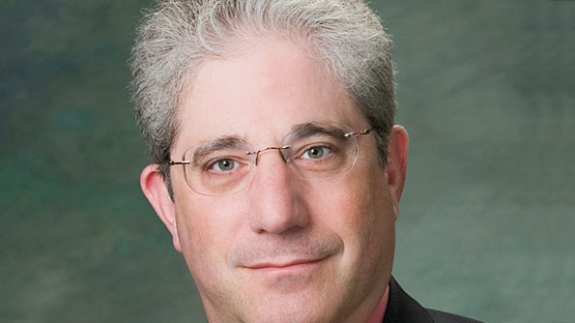Back to the future
Leggings once again are all the rage, and remakes of '80s titles are popular on the big screen. Fortunately, none of us have dusted off our polyester leisure suits — yet.
Everything old is new again, even in cellular communications. AT&T's proposed acquisition of T-Mobile once again would create two cellular behemoths, with a third, much smaller competitor.
When it happened the first time, the FCC was anxious to see Nextel succeed, because the commission thought that a third competitor would bring down prices. Thus, Nextel was certainly the beneficiary of some favorable FCC decisions. And, lo and behold, the industry changed significantly, although perhaps not in ways that were expected, as much of Nextel's growth came at the expense of the SMR industry. Eventually though, Nextel, in combination with new competitors (then-called PCS) had the intended impact of creating a competitive cellular marketplace.
The merger of T-Mobile and AT&T would end that era. Whether that's good for consumers can be debated, but clearly it's not good for Sprint Nextel (or the other, smaller regional providers). Sprint Nextel would be left without a major potential merger partner — the Department of Justice probably wouldn't look favorably on a merger of Sprint Nextel with either AT&T or Verizon. And, their total subscriber numbers would leave them far behind the two bigger rivals.
The AT&T/T-Mobile merger might renew the FCC's efforts to make sure that Sprint Nextel remains a competitive alternative, possibly by looking favorably upon AT&T/T-Mobile merger conditions that would benefit Sprint Nextel.
This activity comes at a time when AT&T and Verizon are venturing into a potential new field — the nationwide public-safety broadband system. Their implementation of LTE — while Sprint Nextel builds out WiMAX — gives AT&T and Verizon another competitive advantage over Sprint Nextel. While you might argue that Sprint Nextel made a gamble (WiMAX) and lost, and therefore deserve their fate, the marketplace nevertheless may return to disfunctionality if Sprint Nextel does not remain competitive. Thus, it would seem important to many to ensure that they succeed, at least on some level.
In the meantime, LTE activity continues at a brisk pace. If you attended IWCE last month, you no doubt witnessed standing-room-only crowds at every broadband session. In each instance, attendees came to learn, not complain. Thus, the sessions were energetic, lively and extremely educational.
The broadband buzz carried over to the show floor. It's truly amazing that, in a tough economy, there were the same number of exhibit hall attendees as the previous year, and an increased number of seminar attendees. While these startling numbers aren't solely the result of broadband activity, broadband certainly played a major role.
However, the broadband session attendance also pointed out a major issue, the lack of familiarity with LTE by land-mobile-radio personnel. Between the technology, the logistics of getting it built, the logistics of running the system, and getting the construction paid for, it is clear that there are many questions yet to be answered. Thus, the future of public-safety broadband is being written right in front of us, but with many unknowns.
What do you think? Tell us in the comment box below.
Alan Tilles is counsel to numerous entities in the private radio and Internet industries. He is a partner in the law firm of Shulman Rogers Gandal Pordy & Ecker and can be reached at [email protected].


















